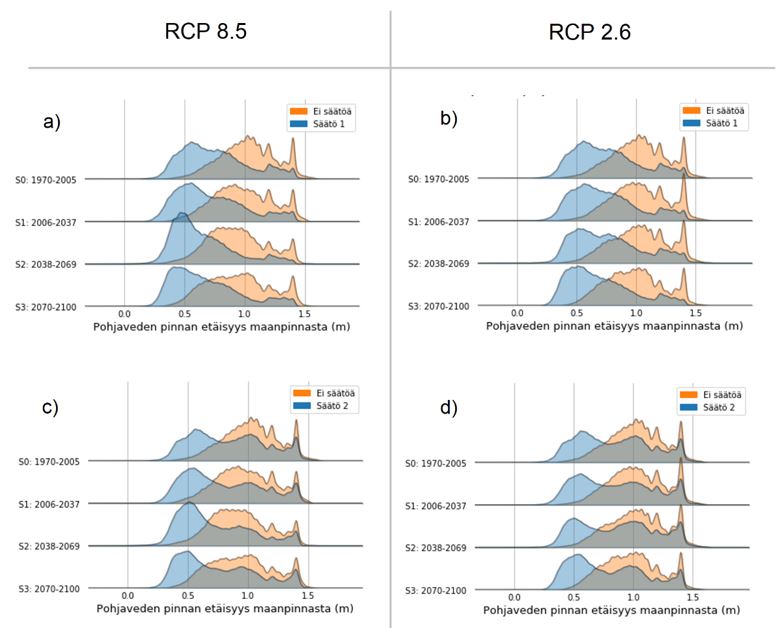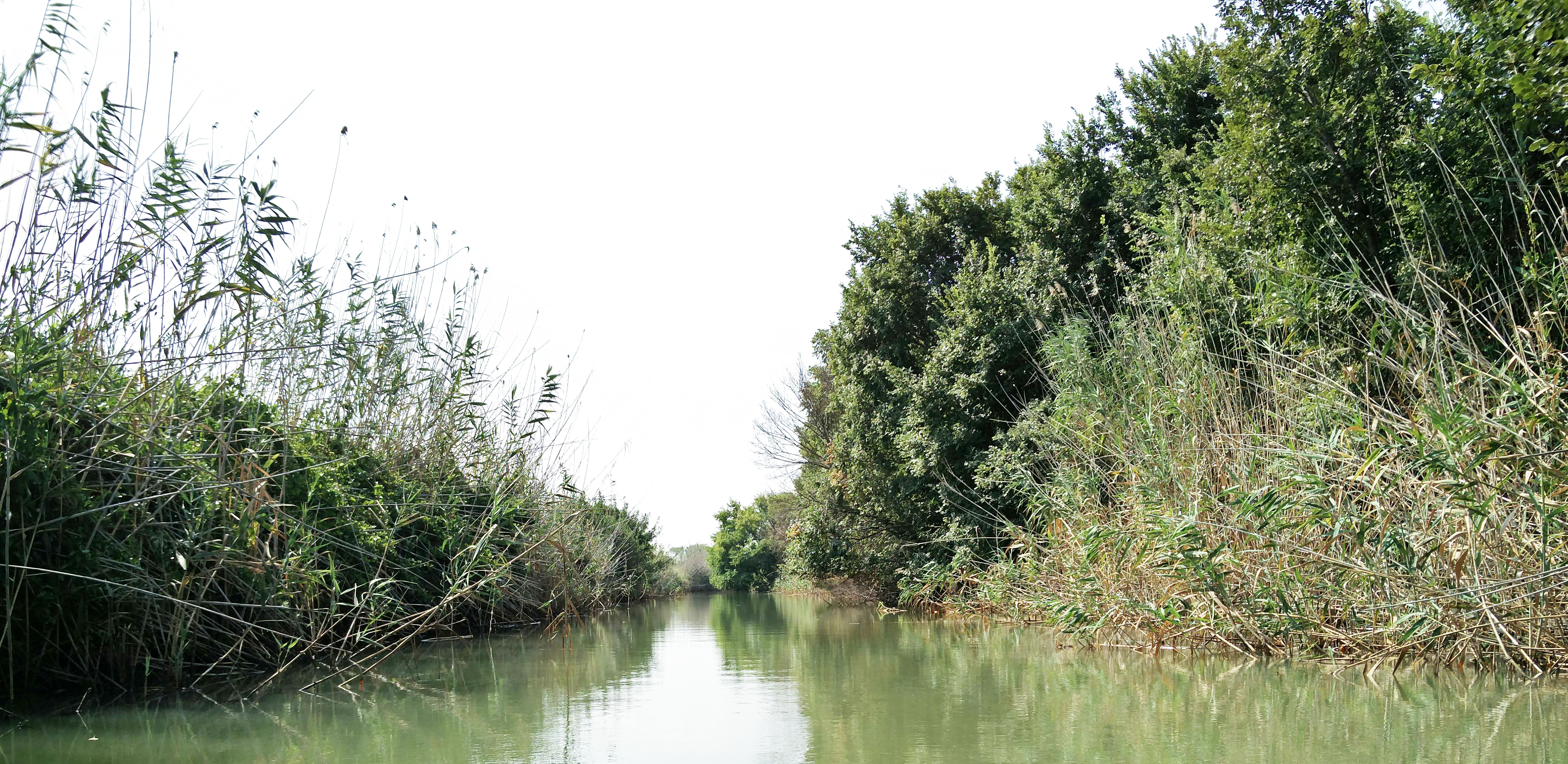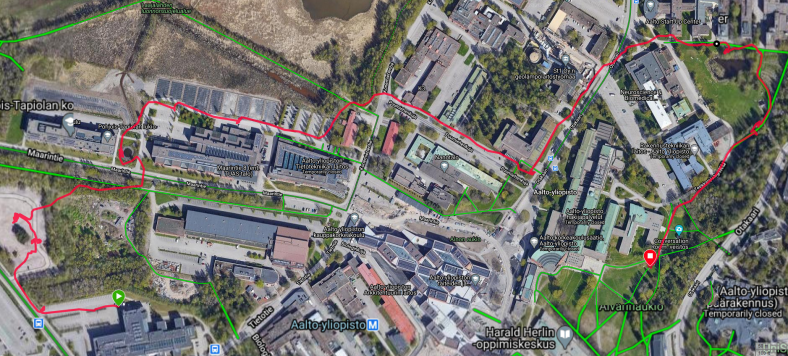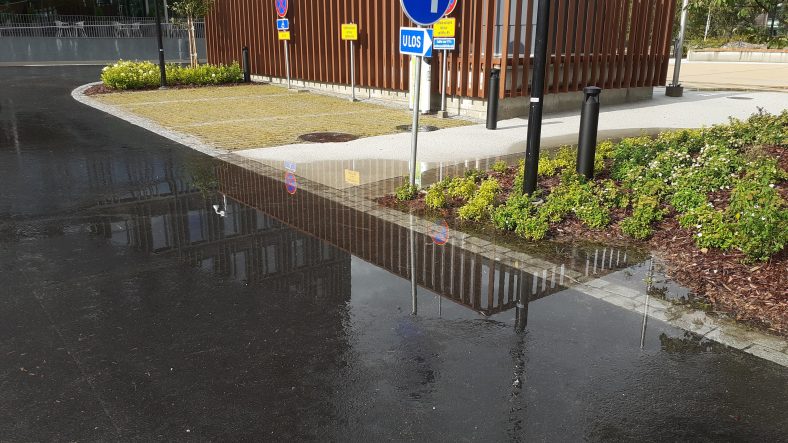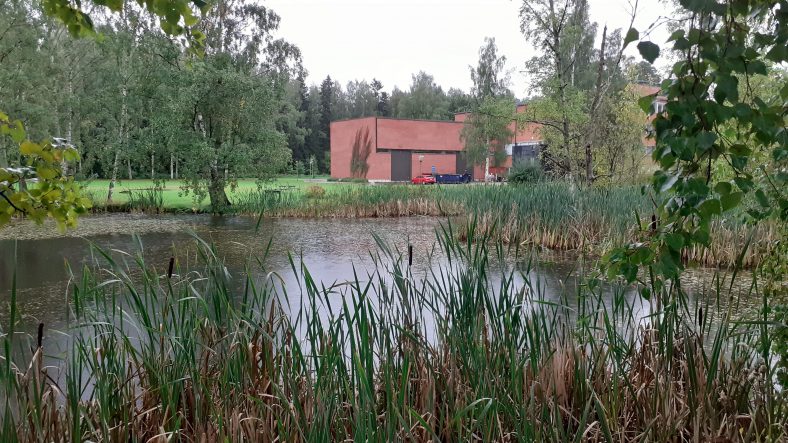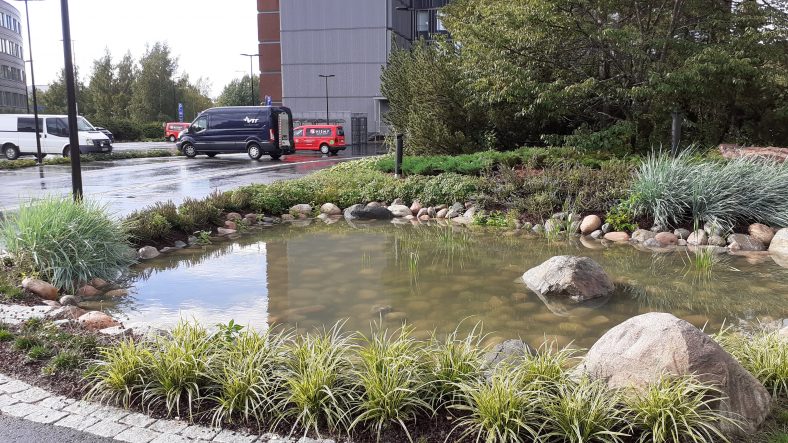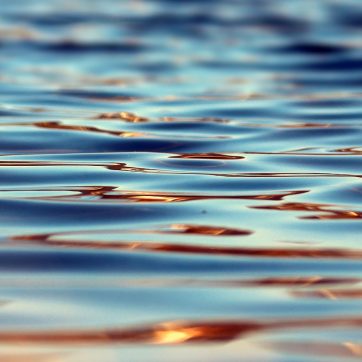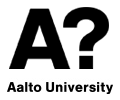We would like to embark on the journey of blogging by introducing Water Resources Management and Environmental Hydraulics research team at Aalto University. Be ready to get to know this group of vibrant doctoral students, post-doctoral researchers and teaching staffs and learn about their research.
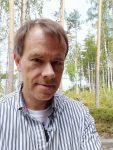
Harri Koivusalo (https://people.aalto.fi/harri.koivusalo) is a Professor of Water resources engineering. He works with students, postdocs, and faculty in the field of hydrology and water resources management. He teaches two master’s courses: Hydrological modelling (WAT-E2030) and Surface Water Resources (WAT-E2040).

Teemu Kokkonen (https://people.aalto.fi/teemu.kokkonen) is a Senior University Lecturer at the Aalto University School of Engineering. Dr. Kokkonen’s research interests are in the field of Urban hydrology, Hydrological modelling and Geospatial computing. His courses are Applied hydrology (YYT-C2005, in Finnish), and Groundwater Hydrology (WAT-E2010).

Juha Järvelä (https://people.aalto.fi/en/juha_jarvela) is a Staff Scientist at the Aalto University School of Engineering. His main tasks are hydro-environmental research, development of water engineering hybrid research infrastructure in the newly modernized Aalto Environmental Hydraulics Laboratory, doctoral candidate training, and teaching MSc and BSc students.
Dr. Järvelä’s research interests are in the field of environmental hydraulics and ecohydraulics. His scientific contributions deal with flow-vegetation-sediment interactions, with expertise in experimental research with natural plants. Most recently, his research has focused on improving hydraulic 1/2/3D models based on physically based characterisation of complex vegetation using novel remote sensing methods.

Kaisa Västilä (https://people.aalto.fi/kaisa.vastila) is a Postdoctoral Researcher funded by the Academy of Finland. She investigates nature-based solutions for river and agricultural water management. Her expertise is on the physical flow and transport processes in such complex vegetated settings. Her current research aims at improving the understanding on the nutrient retention and processing on man-made floodplains of compound (two-stage) channels, and on integrating findings of the laboratory and field studies into hydrodynamic modelling. The knowledge produced supports the optimal design and maintenance of sustainable river engineering solutions. Her current collaborators include Korea Institute of Civil Engineering and Building Technology, Institute of Geophysics of the Polish Academy of Sciences, Warsaw University of Life Sciences, Deltares, University of Sheffield, University of Helsinki and Finnish Environment Institute (SYKE). At Aalto, she works mainly working with Juha Järvelä, Walter Box and Gerardo Caroppi. She also participates in teaching at some courses.
P.S. Her research has also made her an expert on vegetative decorations! She have had the pleasure to use her working time for shopping at interior design sections of major department stores (to find artificial plants to simulate natural floodplain vegetation) and for familiarizing herself with the properties of willows (if you are interested they have great willows for weaving at Ritobäcken field site!).

Gerardo Caroppi (https://www.aalto.fi/en/people/gerardo-caroppi) is a Postdoctoral Researcher at the Aalto University School of Engineering. His main research interests are in the field of environtmental hydraulics with a focus on the interaction of flow with aquatic and riparian vegetation. His research aims at improving the understanding of hydrodynamic processes in critically-important ecosystems.

Heidi Salo (https://people.aalto.fi/heidi.salo) is working as a Postdoctoral Researcher in the research team and her research focus is in agricultural water management. She started working in the group in 2013 when she started her master’s thesis. She continued with her doctoral studies. Her main research method is mathematical modelling that she uses for simulating water flow and solute transport in soil. She also participates in teaching, mostly by working as an instructor for bachelor and master’s thesis.
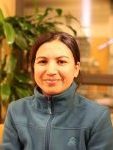
Ambika Khadka (https://people.aalto.fi/ambika.khadka) is a doctoral candidate in the research team. Her research field is urban hydrology and her research focuses on urban hydrological modeling to quantify the effects of Nature-based Solutions on the urban hydrological processes. She also assists in teaching, i.e. Urban hydrology week in Hydrological Modelling and Groundwater Hydrology, and as an instructor to master’s thesis. She is supervised by Teemu Kokkonen and Harri Koivusalo.
Outside of work, she likes to be out in nature, which also means play-acting real-life Minecraft with her daughter.
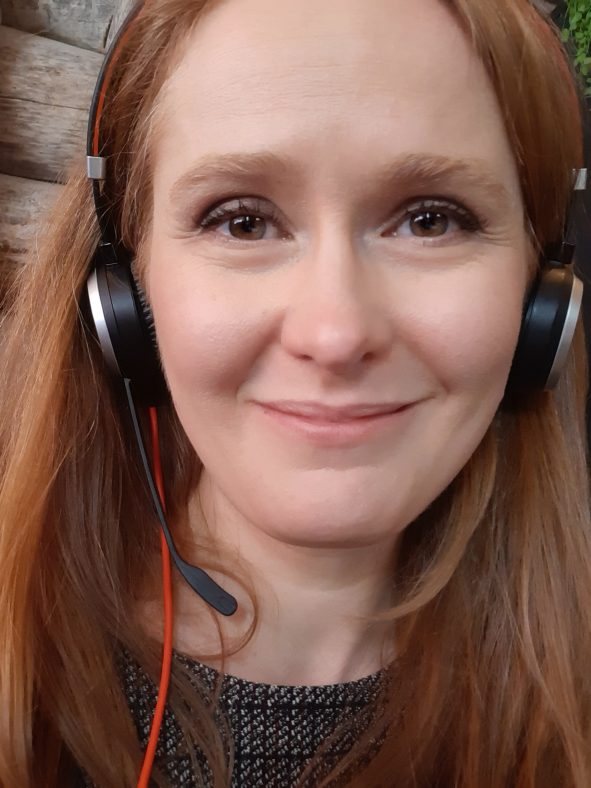
Maija Jylhä-Ollila is a doctoral candidate in the research team. Her PhD studies is about the long-term impact of managed aquifer recharge on groundwater quality. She is supervised by Hanne and Harri. Besides this, she also works as team manager of the groundwater team at Ramboll. She is not seen often in Otaniemi but is remotely active to participate in events organized by the university.

Camilla Tuomela (https://people.aalto.fi/camilla.tuomela) is a doctoral candidate in the research team. Her research topic is urban runoff management and modelling of stormwater quantity and quality. Her main objective is to identify and evaluate water quality patterns and pollutant transport mechanisms from source areas to receiving urban streams. She is supervised by Harri Koivusalo and advised by Nora Sillanpää (Sitowise).

Ville Lindgren (https://www.aalto.fi/en/people/ville-lindgren) is a doctoral candidate in the research team. His research topic is rainfall simulations and modelling. He works closely with his advisors Teemu Kokkonen (Aalto) and Tero Niemi (Finnish Meteorological Institute). Harri Koivusalo is his supervising professor. He has not participated in teaching yet but is interested in doing so in future.
Outside of work he likes to spend the most time with his daughter, and the remaining for other hobbies, i.e. football and outdoor activities as well as eSports.
Posted by Camilla Tuomela


